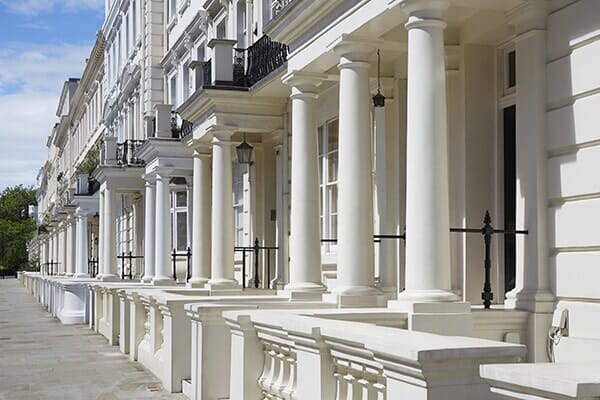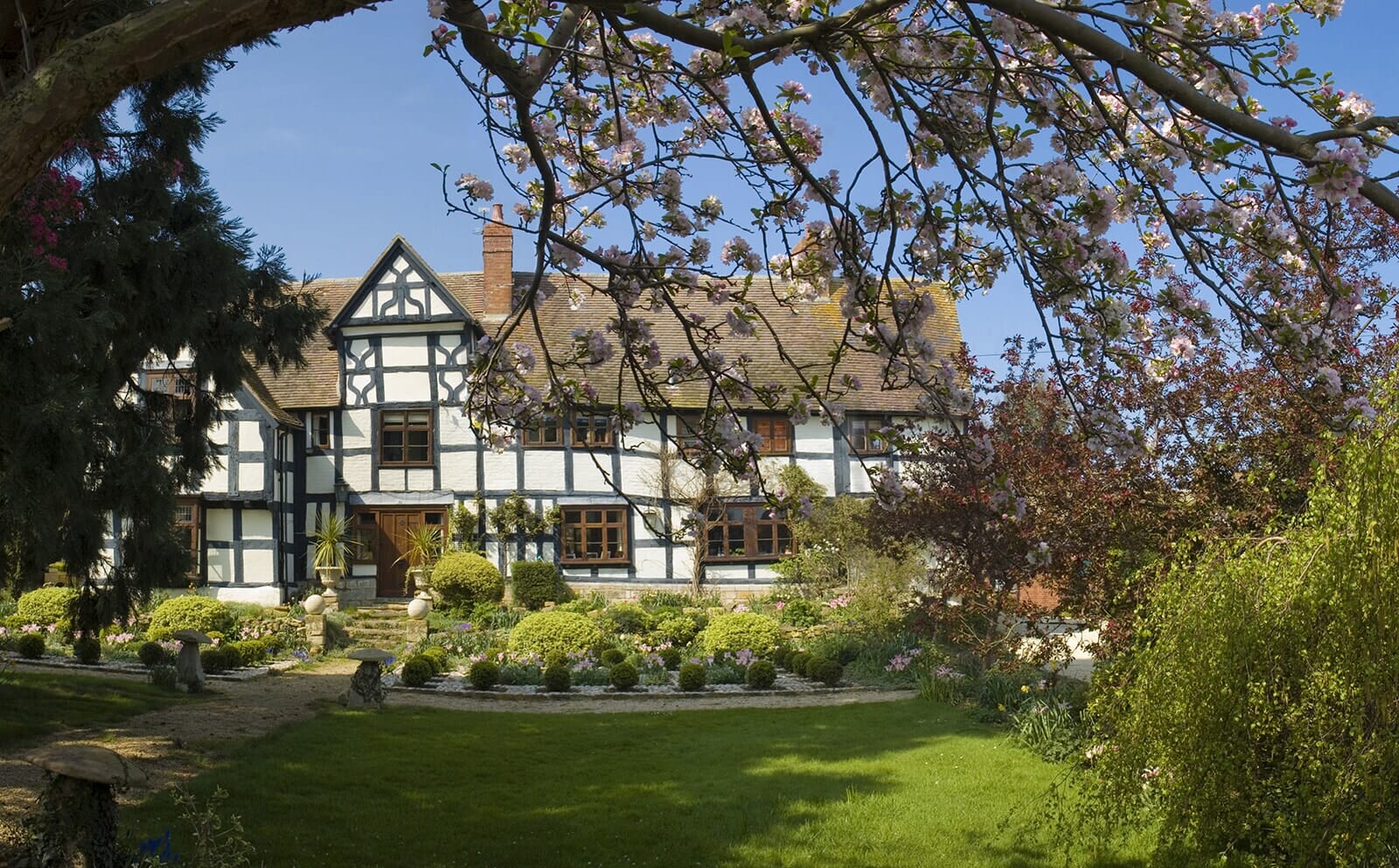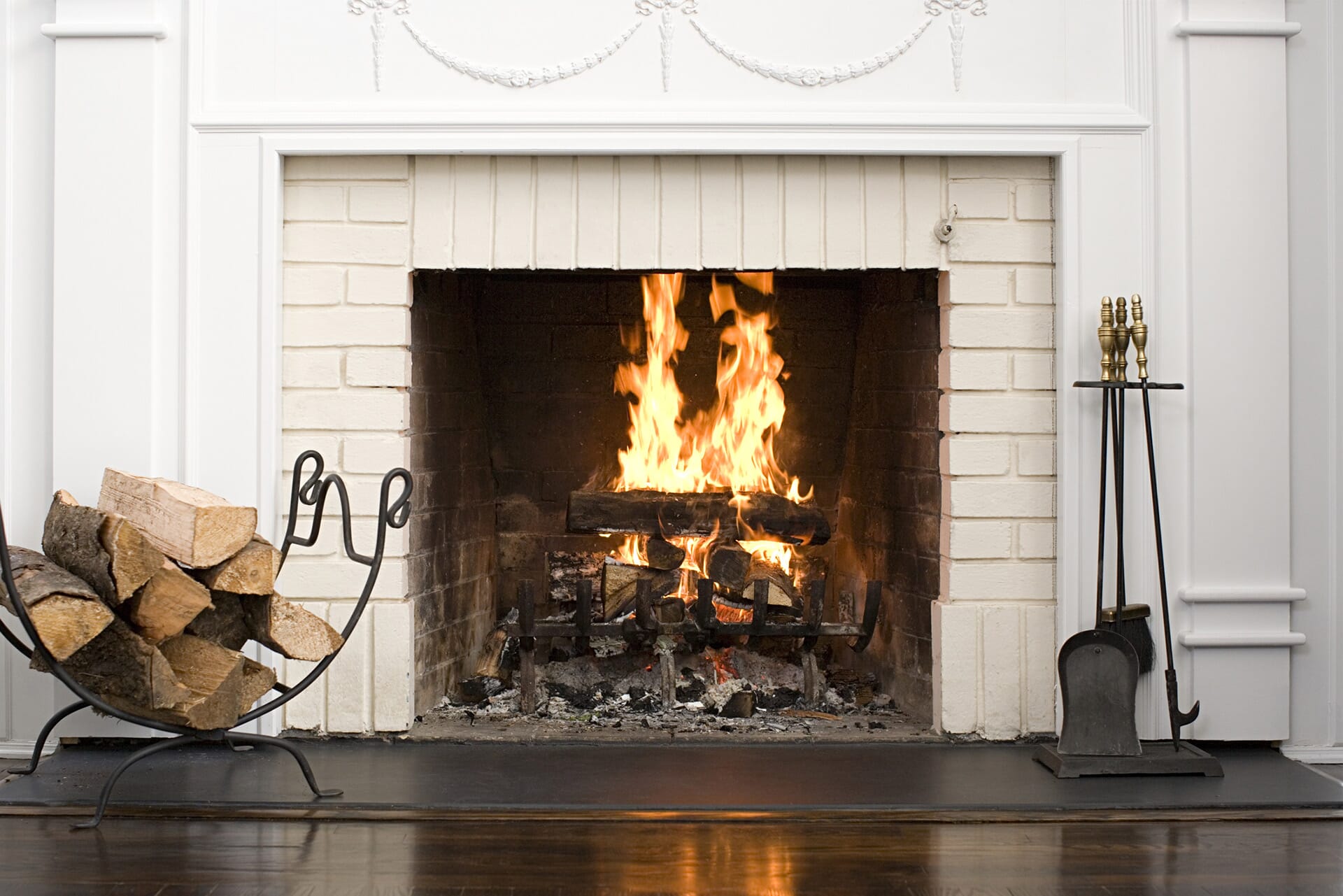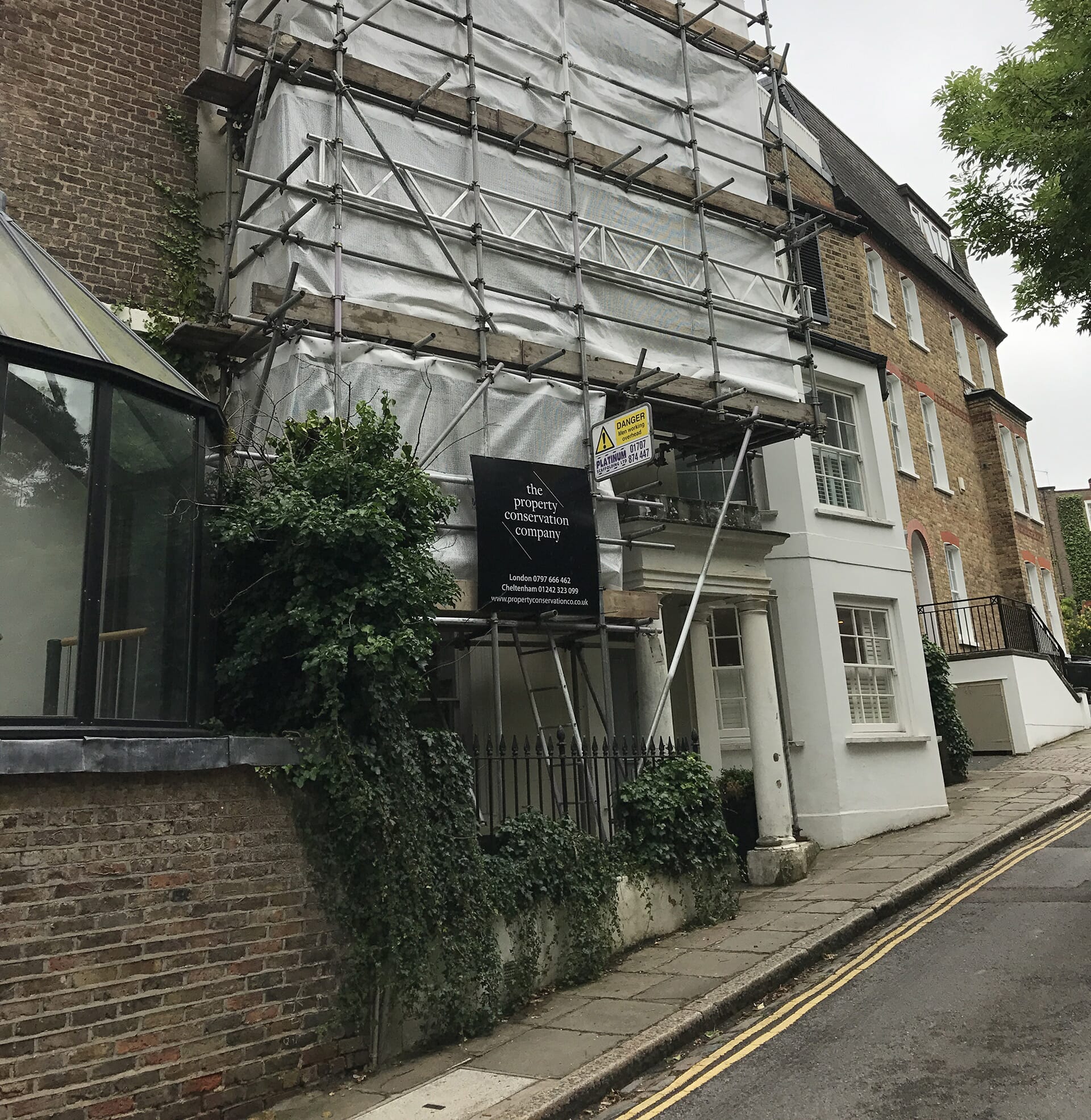
When to apply for listed building consent
If you own a listed building, congratulations! You are the guardian of an important piece of history, the curator of a living museum. Your home is to be enjoyed just as any other but just as with any historic artefact, there come great responsibilities. This is the reason we have listed building consent.
What is Listed Building Consent?
Listed Building Consent is a way of protecting and preserving a building’s history. This refers to both the exterior and interior of the property. Once a building is listed, consent is normally required for any demolition work, alterations or extensions, any repair work that could affect the historic character of the building and the replacement of historic features, fittings or fabric.
What works need Listed Building Consent?
Repair work: regular maintenance and minor ‘like for like’ in situ repairs do not need listed building consent. However, where repairs involve alterations or the complete replacement of historic fabric or features, which would affect the character of the listed building, consent will be required.
Painting and decorating: internal painting and decorating does not generally need Listed Building Consent, unless a historic scheme of decoration would be affected, but any external painting may require consent as it could affect the character of the Listed Building.
Window and door replacement: internal alterations, including removal of historic doors, fireplaces or plasterwork or replacement of external doors or windows require listed building consent.
Bathroom and kitchen fittings: replacement of modern kitchen and bathroom fittings does not require consent; however listed building consent is required for the replacement of surviving historic fittings, for example bathroom fittings, tiling etc.
Emergency work: emergency work can be carried out to a listed building without prior consent providing you can subsequently prove that the works were urgently necessary in the interest of safety or health or for the preservation of the building; that it was not practical to secure public safety or health or preserve the building by works of repair or temporary support or shelter; that the work was limited to the minimum measures immediately necessary; that notice in writing justifying in detail the work was given as soon as reasonably practicable.
What are the penalties for unauthorised works?
Altering or demolishing a listed building without consent can attract heavy penalties: this includes large fines and even imprisonment. An offence is committed unless works have been specifically authorised. Only if works are essential because of public safety can a case be made for demolition, but even then a Dangerous Structure Notice has to be served by the Council.
If you’re in any doubt about whether you need Listed Building Consent to carry out your works, talk to us here at Period Property Conservation Co. We have several years’ experience working on Listed Buildings in London and the Home Counties and can advise you on the best course of action. Or talk to your local planning advisers. More information can be found at https://historicengland.org.uk.

Author: Peter Little (CEO)
This article was first published on 8th December 2017
(Updated 22nd November 2024)
Experts in sympathetic period property restoration
Get a FREE initial quote

